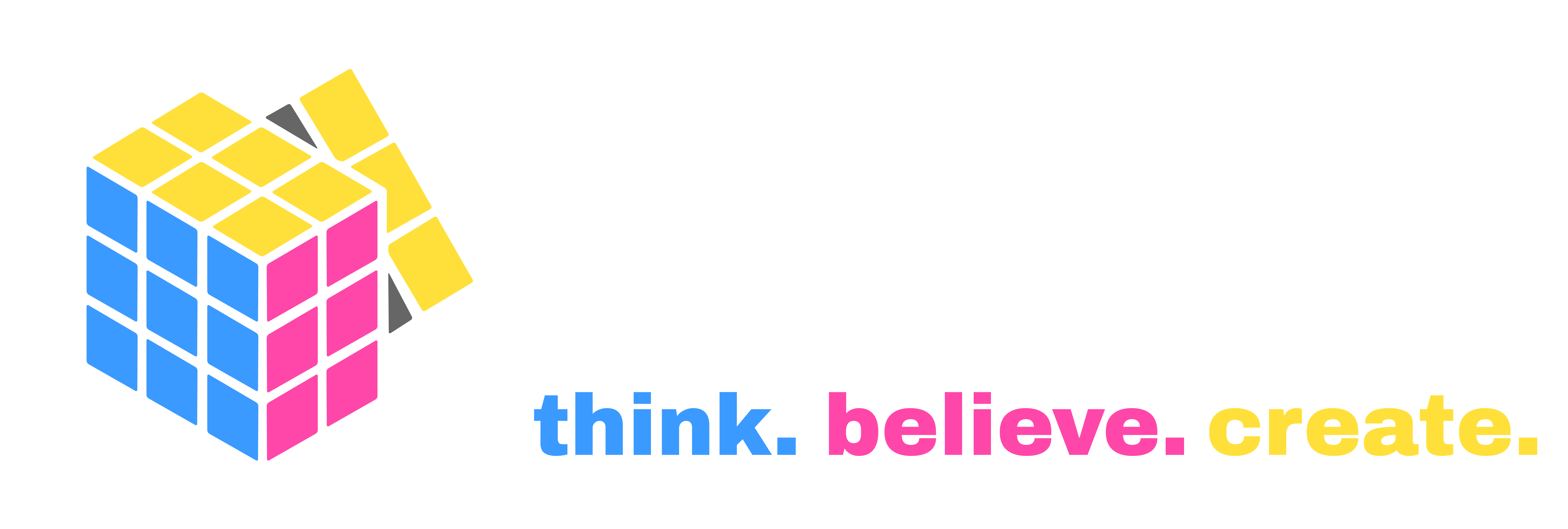Picture this: You walk into a Starbucks store in New York City and are immediately hit with the delicious aroma of coffee brewing. You hear the soft sounds of jazz music playing in the background and the sound of steaming milk being frothed. You sit down on a comfortable wooden chair and take a sip of your latte, feeling instantly relaxed and at home. But what if we told you that this sensory experience is not just a happy accident, but a carefully crafted marketing strategy? In this blog, we’ll be diving into the global soundscape of Starbucks and how the brand has used sensory advertising to create a consistent brand experience across the world. Get ready to learn about the magic behind your favorite coffee shop!
Coffee lovers around the world know the distinct taste of a Starbucks coffee since it has mastered the art of sensory advertising, using the global soundscape as a key element of its marketing strategy to create a consistent brand experience across the world. Whether you’re sipping a latte in London or Tokyo, the sounds, smells, and visual elements of a Starbucks store are familiar and recognizable. This consistency helps to create a sense of trust and familiarity with the brand, which is important for building customer loyalty. But how exactly does Starbucks use the global soundscape to create this experience?
First, let’s talk about music. The music played in Starbucks stores is carefully curated to fit the atmosphere of the store. The goal is to create a calming and welcoming environment that encourages customers to stay and enjoy their coffee. The playlist is a mix of popular and lesser-known songs that are selected based on their tempo, genre, and lyrics. This playlist is updated regularly to keep the music fresh and interesting for customers. In addition to music, Starbucks also uses sound effects to enhance the sensory experience of its customers. The sound of steaming milk and the clinking of cups and saucers are all part of the soundscape. These sounds help to create a sense of comfort and familiarity with the brand, making customers feel at home in a Starbucks store.
But Starbucks doesn’t just stop at sound. The brand’s visual elements are also carefully designed to create a unique and consistent experience for customers. From the iconic green logo to the wooden tables and chairs, the visual elements of a Starbucks store are instantly recognizable. The brand’s use of warm lighting and comfortable seating also add to the overall sensory experience of the store.
So, what’s the benefit of creating a consistent brand experience through sensory advertising? For one, it helps to build customer loyalty. By creating a sense of familiarity and comfort, customers are more likely to return to a Starbucks store time and time again. This can lead to increased sales and revenue for the brand. Another benefit of using sensory advertising is that it helps to create a unique brand identity. Starbucks is known for its relaxing atmosphere and high-quality coffee, and the global soundscape is a key element of this identity. By creating a consistent brand experience across the world, Starbucks is able to stand out from its competitors and create a strong brand image. But perhaps the most important benefit of sensory advertising is the emotional connection it creates with customers. By engaging multiple senses, brands like Starbucks are able to create a deeper and more meaningful connection with their customers. This emotional connection can lead to increased brand loyalty and advocacy, as customers become more than just consumers of a product, but fans of the brand as a whole.
In recent years, Starbucks has even taken its sensory advertising to the next level by collaborating with music streaming giant, Spotify. Together, the two brands have created a unique playlist that complements the global soundscape of Starbucks. This playlist is updated regularly and includes a mix of songs that are carefully selected to fit the atmosphere of Starbucks stores. In addition to its collaboration with Spotify, Starbucks has also worked with Hear Music, a subsidiary of the brand, to create unique music compilations for its stores. These compilations feature a mix of popular and lesser-known artists and are designed to fit the atmosphere of Starbucks stores. Some of these compilations have even been nominated for Grammy Awards, highlighting the brand’s commitment to creating a unique and memorable sensory experience for its customers. By working with Hear Music, Starbucks is able to stay at the forefront of music trends and provide customers with a unique and enjoyable experience each time they visit a store.

In conclusion, Starbucks has mastered the art of sensory advertising, using the global soundscape as a key element of its marketing strategy to create a consistent brand experience across the world. By engaging multiple senses, Starbucks is able to create a deeper emotional connection with its customers, which can lead to increased loyalty and advocacy. So the next time you visit a Starbucks store, take a moment to appreciate the global soundscape and the role it plays in creating a unique and memorable brand experience.

